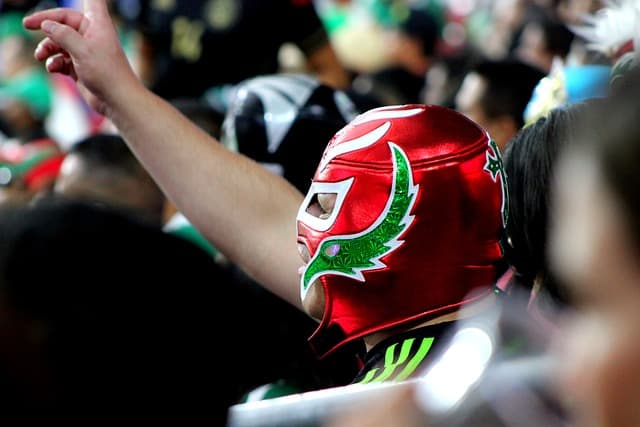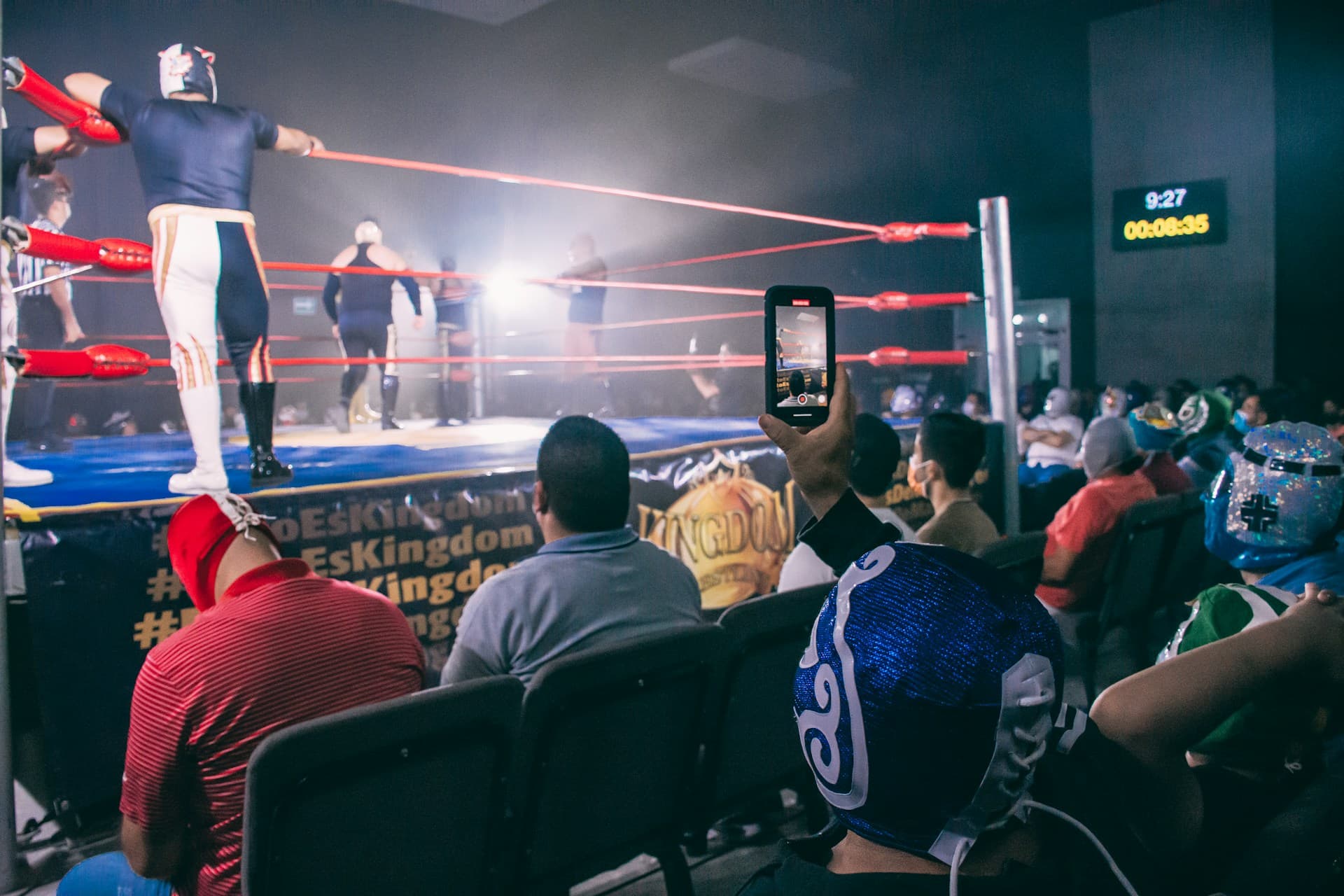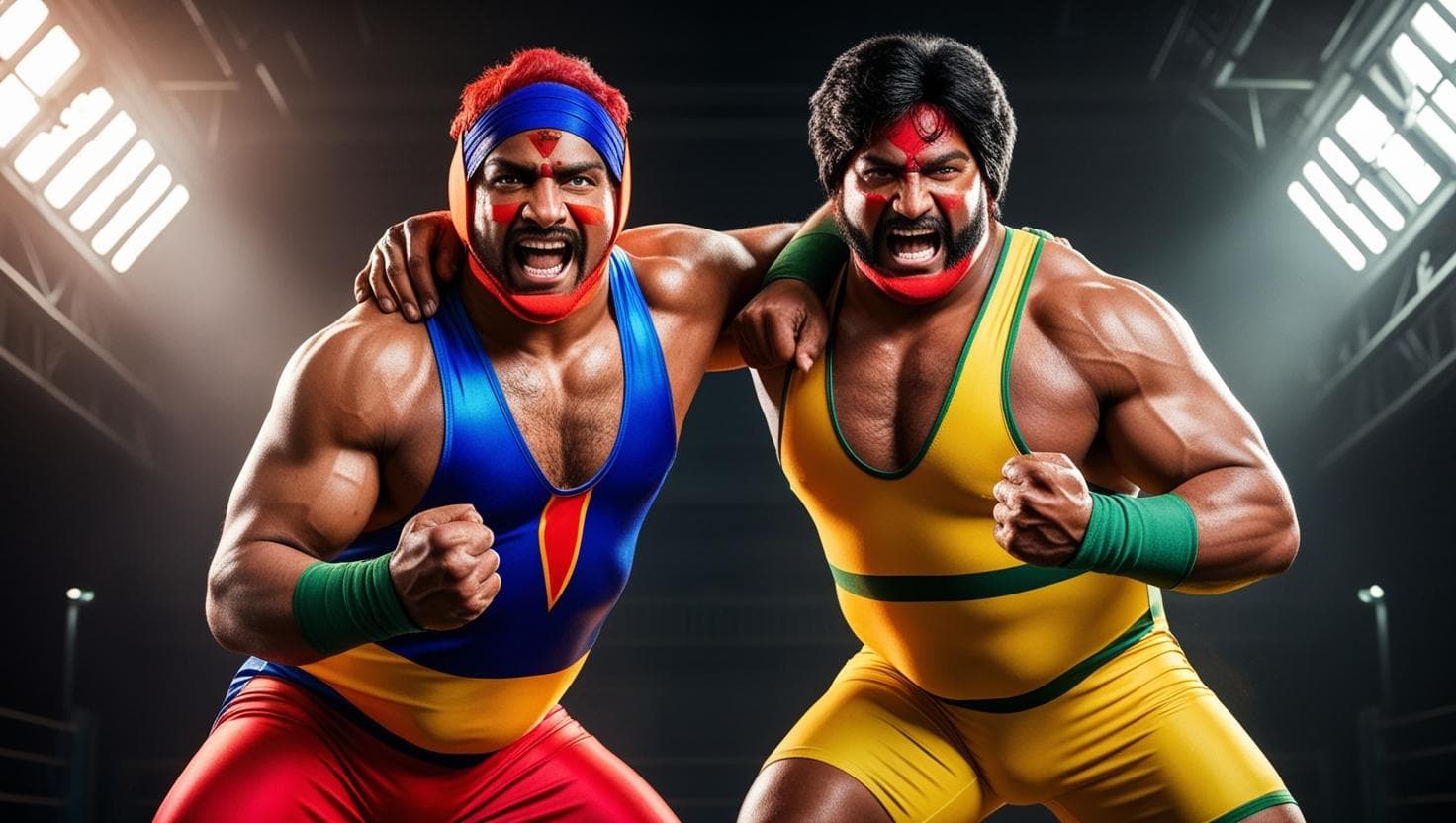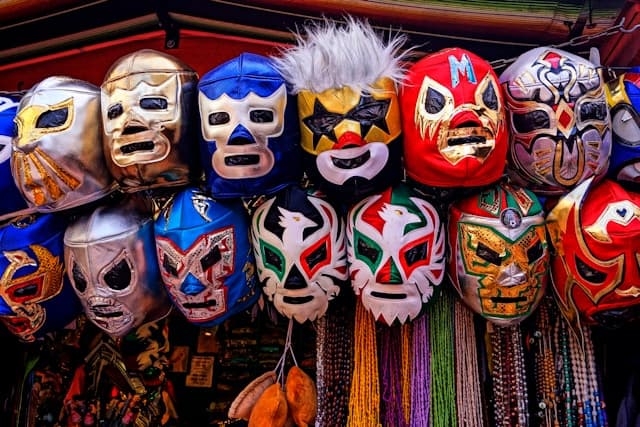Images of wrestling fighters are more than just costumes and ring manners. They are a crucial part of culture and marketing, influencing fan perceptions, shaping a character’s personality and helping athletes stay in the minds of viewers long after their careers are over. In this article, we explore how the iconic images that make wrestlers legends are created.
Psychology and character concept
Before a wrestler appears on screens, his image is carefully developed. One of the first steps is to choose a character concept that reflects the athlete’s personal qualities or a completely opposite image. Reslers can be:
- Anti-heroes – violent, aggressive characters who break the rules, creating a contradiction to the images of heroes;
- Heroes – characters with positive traits that fans root for;
- Comedic characters – light and funny characters that are often used to appeal to a wide audience.
Characters should be colorful and easy to remember. Fighters tend to represent archetypes such as the “silent hero,” the “crazy villain,” or the “funny bumbling guy.”
Costumes and appearance
The image of a fighter is unthinkable without his unique costume and appearance. The costume is not just protection, but also a part of marketing, a symbol that is immediately recognizable. In wrestling are very important bright colors, unusual fabrics and accessories that emphasize the individuality of the character. For example, costumes with metallic elements can be associated with strength and brutality, while bright and eccentric outfits create a sense of celebration and spectacle.
Reslayers also often use makeup or tattoos to enhance the look. For example, celebrity wrestler Ric Flair was known for his sleek suit and expensive accessories, and John Cena for his bright green hoop, which became his trademark.
Name and nickname
A name is a powerful tool in creating a fighter’s image. It should be easy to remember and associated with specific character traits. An example would be Stone Cold Steve Austin, where “Stone Cold” means “cold-blooded,” which fits his image perfectly. In wrestling, a name can also be associated with popular iconic characters, myths, or even historical figures.
Sometimes wrestlers use their real names, adapting them to fit show business, but other times they get completely fictionalized characters that are very different from their real personalities.
Slogan and Phrases
Every iconic image in wrestling comes with a catchphrase that becomes a trademark. Think of the iconic phrase “Whatcha gonna do when Hulkamania runs wild on you?” from Hulk Hogan or “Just bring it!” from Dwayne “The Rock” Johnson. These phrases, as well as the image itself, can instantly evoke a sense of nostalgia in fans and are associated with a specific moment or match.
Character and behavior in the ring
But of course, the most important element in creating an iconic image is the fighter’s behavior in the ring. Recliners often play roles that accurately portray their character’s personality. Aggression, technique, manner of movement – all this should be in the style of the chosen image.
Shawn Michaels, for example, was famous for his elegant style and acrobatic stunts, which perfectly matched his “sunny” image. Ric Flair was known not only for his great throws, but also for his luxury in the ring, showing the character of a true superstar.
The fans and their role in creating the image
Interestingly, the iconic images of wrestlers are often formed not only by the fighters themselves, but also by the fans. Their reactions, slogans and shouting can become an integral part of the image. For example, when Dwayne “The Rock” Johnson declared “If you smell what The Rock is cooking!”, it became a cult phrase not only because of his personal charisma, but also because fans actively picked it up.
Interviews and personal stories
Interviews and personal stories are another important aspect of a fighter’s image building. Very often in interviews fighters reveal their weaknesses, fears or dreams, which makes them more human and understandable to the audience. Chris Jericho and John Cena actively used their real life stories to create an even deeper and more multifaceted image.
Conclusion
Creating an iconic image of a wrestling fighter is a complex and multifaceted process that requires not only creativity, but also a deep understanding of fan psychology. Each element, from costume to behavior in the ring, plays its role in creating a character that will live in the hearts of viewers for years to come. Fighters who become wrestling icons don’t just win matches, they create worlds that fans want to explore, discuss and revive again and again.




